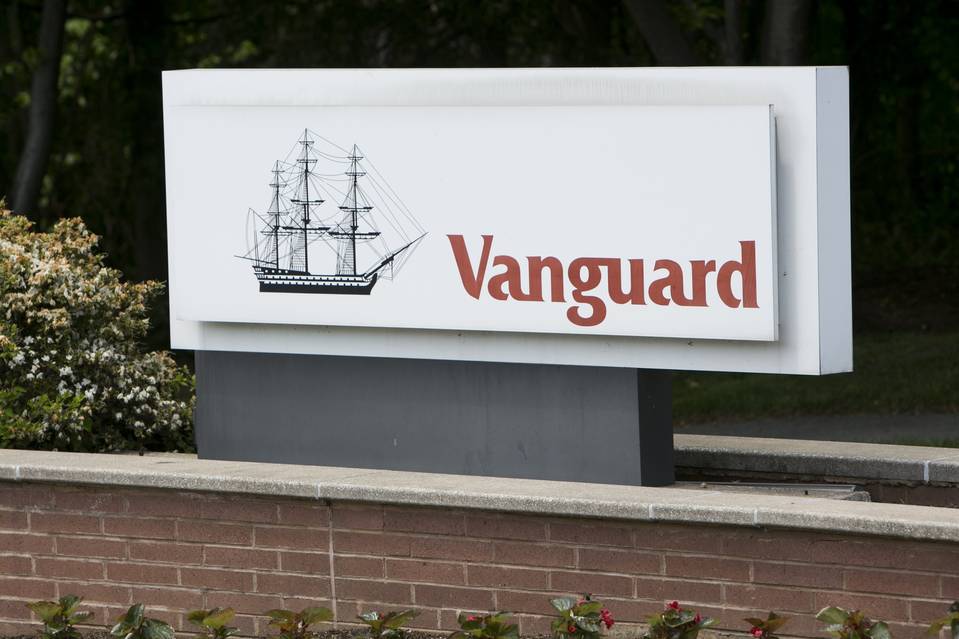Question
What makes some funds more expensive than others? Are the expenses worth the trade off of gaining market exposure? Please read the short article bellow
What makes some funds more expensive than others? Are the expenses worth the trade off of gaining market exposure? Please read the short article bellow
Dont Assume Index Funds Will Always Save You Money
Some index funds are expensive for the type of exposure they provide
 ENLARGE
ENLARGE
Vanguard Group, which pioneered index investing, also offers some inexpensive actively managed funds. PHOTO: KRIS TRIPPLAAR/SIPA USA
Frugal investors often assume that index funds will save them money.
But thats not always the case.
On average, index-tracking funds are indeed a lot cheaper than funds whose managers select individual securities. Among diversified U.S. stock funds, for instance, actively managed mutual funds have annual expenses that average 1.22% of assets, while index mutual funds are at 0.67%, according to investment researcher MorningstarInc. Indexed exchange-traded funds are even lower in cost, at an average 0.36%.
But there are cases where you have index funds that are expensive for the type of exposure theyre offering, and there are certainly active funds that are very cheap, says Alex Bryan, a Morningstar analyst.
Here are some of the most expensive index U.S. stock funds and some of the lowest-cost actively managed ones.
Expensive indexing
The largest share class of the $307 million Rydex S&P 500 fundcharges 1.58% in annual expenses. The fund gained 9.9% a year on average over the three years through April 13, lagging behind the S&P 500s 11.8% gain, Morningstar says.
A spokesman for Guggenheim Investments, which offers the Rydex funds, says the mutual fund is more expensive than some index funds because it is priced twice daily and designed for tactical fund traders.
The $164 million Green Century Equity Fund, with expenses of 1.25%, invests in an MSCI Inc. index of stocks screened for environmental, social and governance criteria.
The funds custom index, with its extensive screening process, is one of the factors that makes it more expensive than other index funds, says Leslie Samuelrich, president of Green Century Capital Management, the funds manager. (For the fiscal year through July, the fund accrued fees to MSCI equal to 0.06% of its July 31 assets.) The funds fees also help a shareholder advocacy program to promote corporate environmental responsibility, she says.
Green Century Equity Fund gained 11.3% a year on average over the past three years, according to Morningstar.
The $172 million Victory CEMP U.S. 500 Enhanced Volatility Weighted Index Fund has expenses that are capped at 0.99% by Victory Capital Management Inc. at least through Oct. 31, 2017, according to the prospectus. Excluding that subsidy, the expenses would be 1.22%, the prospectus shows. The fund tracks a benchmark, created by a company Victory Capital acquired, that adjusts its stock-market exposure in an effort to limit losses in down markets.
The fund is appropriately priced compared with other alternative indexing funds, says Mannik Dhillon, head of investment solutions, product and strategy for Victory Capital.
The fund gained 9.8% a year on average over the last three years.
The class A shares of the $1.2 billion Nationwide Mid Cap Market Index Fund, which seeks to track the S&P Midcap 400 Index, charge 0.68%. Theyve gained 9.4% a year on average over the last three years, while the S&P midcap index has gained 10.1%, Morningstar says.
A spokesman for Nationwide said the company believes the funds track record speaks for itself and provides overall value to shareholders.
Even ETFs, which are often heralded for their low-cost structure, can be more expensive than some actively managed mutual funds.
The $3.4 billion First Trust Dorsey Wright Focus 5 ETF charges 0.89%. It tracks an index from Dorsey, Wright & Associates, a Nasdaq Inc. unit known for its technical analysis, that aims to identify the five sector ETFs from First Trust Advisors LP that have the greatest performance potential.
The ETFs expenses reflect two levels of charges, says Ryan Issakainen, an ETF strategist with First Trust Advisors. Investors pay a management fee of 0.30% plus expenses of the underlying funds, shown as 0.59% in the prospectus.
The ETF, which was launched in 2014, shed 10.4% in the 12 months through April 13, according to Morningstar.
Low-cost active funds
Vanguard Group, which pioneered index investing, also offers some inexpensive actively managed funds. The $20.2 billion Vanguard Equity Income Fund, which typically invests in U.S. companies that consistently pay dividends, has expenses of just 0.26% on its basic Investor shares. The charge drops to 0.17% on the Admiral shares, which are open only to investors who hold at least $50,000 in the fund.
The fund gained 10.5% a year on average over the past three years.
Also among the inexpensive actively managed U.S. stock funds from Vanguard are the $5.8 billion Vanguard Strategic Equity Fund, which charges 0.21% for Investor shares, and the $1.3 billion Vanguard U.S. Value Fund, which charges 0.26%.
The $53.8 billion Dodge & Cox Stock Fund, which invests mostly in large stocks that appear to be temporarily undervalued, has expenses of 0.52%. The fund gained an average of 9.9% a year over the last three years.
The $6.6 billion Primecap Odyssey Growth has expenses of 0.64%, while sibling Primecap Odyssey Stock, with $5.6 billion charges 0.65%. Both gained nearly 12% a year on average over the last three years. Primecap Management Co. also manages funds for Vanguard that are currently closed to new investors.
Step by Step Solution
There are 3 Steps involved in it
Step: 1

Get Instant Access to Expert-Tailored Solutions
See step-by-step solutions with expert insights and AI powered tools for academic success
Step: 2

Step: 3

Ace Your Homework with AI
Get the answers you need in no time with our AI-driven, step-by-step assistance
Get Started


